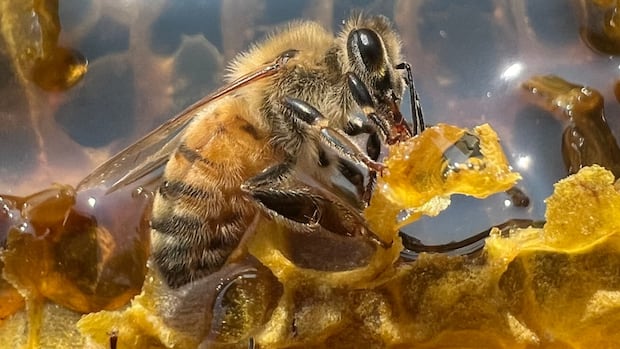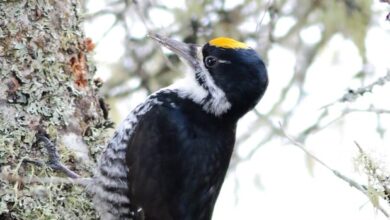First Nations launch drug trial to combat mange in southeastern B.C.’s declining bighorn sheep population
Residents in the South Okanagan region of British Columbia have raised concerns about the increasing cases of psoroptic mange among the area’s bighorn sheep. This parasitic skin disease has led to a decline in the population of these majestic animals, prompting a new study to be conducted.
The Okanagan Nation Alliance (ONA), a First Nations tribal council, has taken the lead in conducting research for this study, which commenced in February and is set to continue until July 2026. The ONA emphasizes the cultural significance of bighorn sheep to the Syilx people, reflecting the health of the land and the delicate balance between humans and nature.
To support this crucial research, the Wild Sheep Society of British Columbia is providing funding. This collaborative effort also involves several provincial and regional biologists, highlighting the importance of preserving the diverse populations of wild sheep in British Columbia.
Mackenzie Clarke, the ONA Wildlife Program lead, has highlighted the severity of psoroptic mange affecting bighorn sheep in the region. This skin disease, caused by tiny mites, results in hair loss, weeping sores, and hearing loss, making the sheep vulnerable to predation and road accidents.
Researchers suspect that the origin of psoroptic mange in bighorn sheep can be traced back to a former domestic rabbit farm in British Columbia. Genetic testing has confirmed the link between the disease and the proximity of the sheep to the rabbit farm. However, the farm no longer exists, and wild rabbits in the area do not carry the disease.
In a bid to combat psoroptic mange, a medication trial is underway, involving the testing of two drugs, fluralaner and moxidectin. These drugs, sourced from Australia, aim to mitigate the effects of mange and improve the overall health of bighorn sheep in the South Okanagan region.
Psoroptic mange has led to a significant decline in bighorn sheep populations in the area, with a reported 60% decrease since 2011. Lia McKinnon, a stewardship biologist with the Okanagan Similkameen Stewardship Society, has expressed optimism about the study’s potential to rejuvenate bighorn sheep populations and address other threats such as pneumonia.
The collaborative nature of this research, involving Indigenous communities like the Penticton Indian Band and the Okanagan Nation Alliance, along with the provincial government, underscores the shared responsibility of preserving the bighorn sheep population and the vital role these animals play in the local ecosystem.




